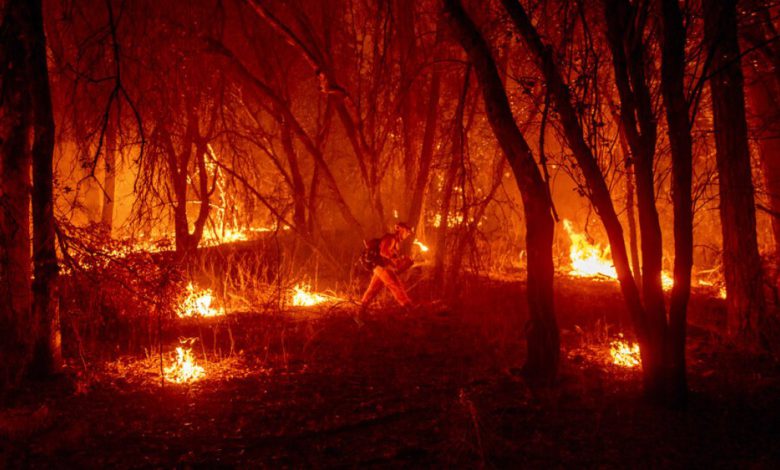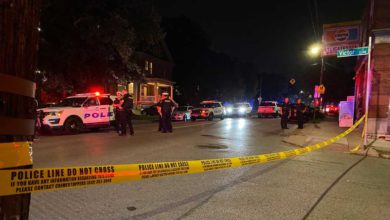
FALL RIVER, MA — Wildfires aren't just breaking records in the western United States.
Dave Celino, the Chief Fire Warden in Massachusetts, says its happening in the East too.
"This year, through June, we've accounted for almost 850 wildfires that's burned almost 1,600 acres,” Celino says during a walk in Fall River State Forest.
In fact, Celino says Massachusetts had its largest fire in 20 years earlier this year.
If you add up all the fires from Minnesota to Maine, places that you may think fire danger is always low, new records are being set as well.
In the Eastern Region of the U.S., the Forest Service reports 107,000 plus acres have burned this year.
That's 2,500 more than the 10-year average.
Why don’t you hear more about the fires?
“It’s what your perception is of a catastrophic event," Celino said.
Celino says fires in his area of the country tend to be small, they aren’t burning large swaths of land like the ones in the West.
But just because they are small, doesn’t make them any less destructive. More people live on the edges of those forests.
"The fires that concern us in the Northeast are those five, ten-acre fires," Celino said.
"People live on the edge of these wildlands, we cannot instantly call five air tankers in," Celino said.
"I can’t even get one air tanker in."
PUSH FOR RESOURCES
Celino and others would like more resources to prevent fires as opposed to just responding them, fearing forests around the country remain primed for a disaster.
"It’s a complex issue, there is nothing simple about it," Brad Simpkins with the U.S. Forest Service says.
"Prescribed burning is one tool in the tool box," Simpkins added.
Prescribed burning is when fires are intentionally set to an area of land to make it less flammable.
Simpkins says a lack of time and money are preventing more prescribed burns from taking place.
In Massachusetts, around 16,000 acres have been identified as needing a prescribed burn but crews can only get to around 2,000 or so a year.
"It takes specialized training for people to run a prescribed burn and the same people that do a lot of the burning are the same people responding for wildfires," Simpkins said.
CONGRESS CONSIDERING ACTION
This is where Congress comes in and where a debate over forest funding is unfolding.
"We have not invested in forests, and with climate change, conditions are getting drier," Senator Michael Bennet (D-C.O.) said.
Bennet is an influential voice on the subject.
Senator Bennet is Chair of the U.S. Senate Committee on Agriculture, Nutrition, and Forestry's Subcommittee on Conservation, Climate, Forestry, and Natural Resources.
He and other Democrats are pushing to include $40 billion in their upcoming multi-trillion spending bill to address forest mitigation, watershed protection and prescribed burning.
In recent days though, it’s become clearer that the spending bill will need to become smaller in order to pass.
Bennett believes fire mitigation will survive the cuts.
"I think it has a very good chance of getting through, Bennet said.
While the country waits on Washington, back in the forests of Massachusetts, Simpkins says thousands of men and women in the country will continue combating fires when called upon, and records will continue to be broken.
"Any one state, California, Montana wherever can’t handle those issues by themselves," he said.








